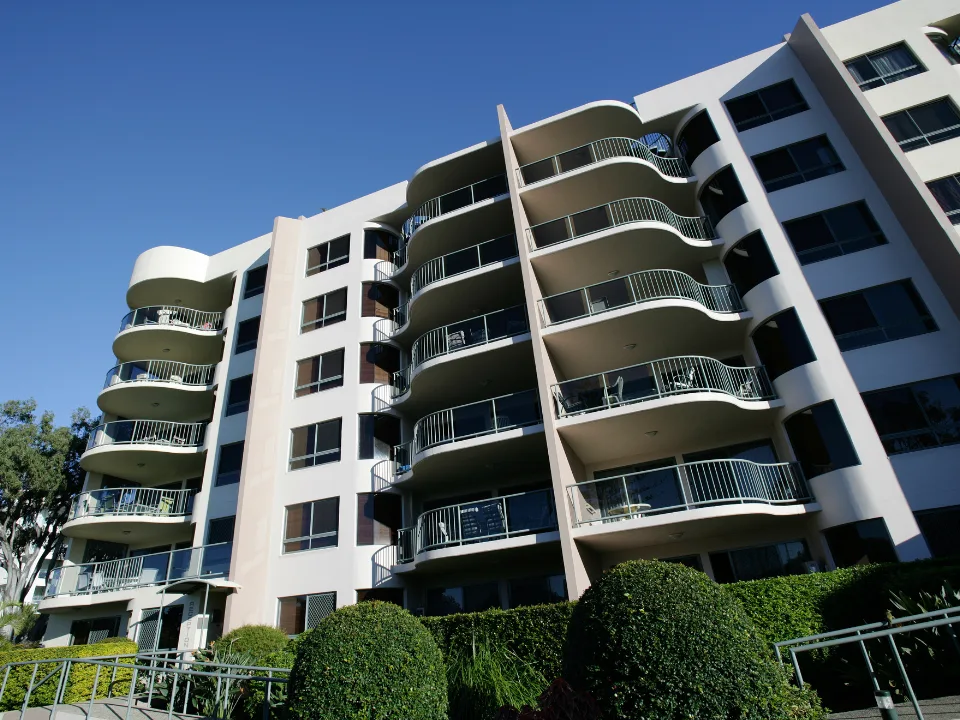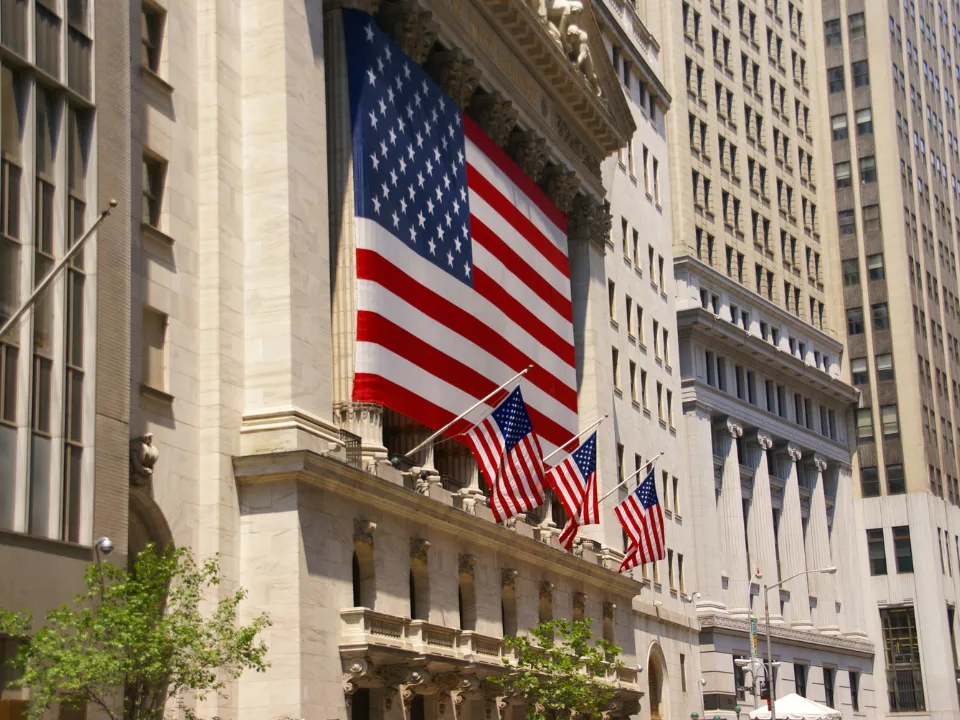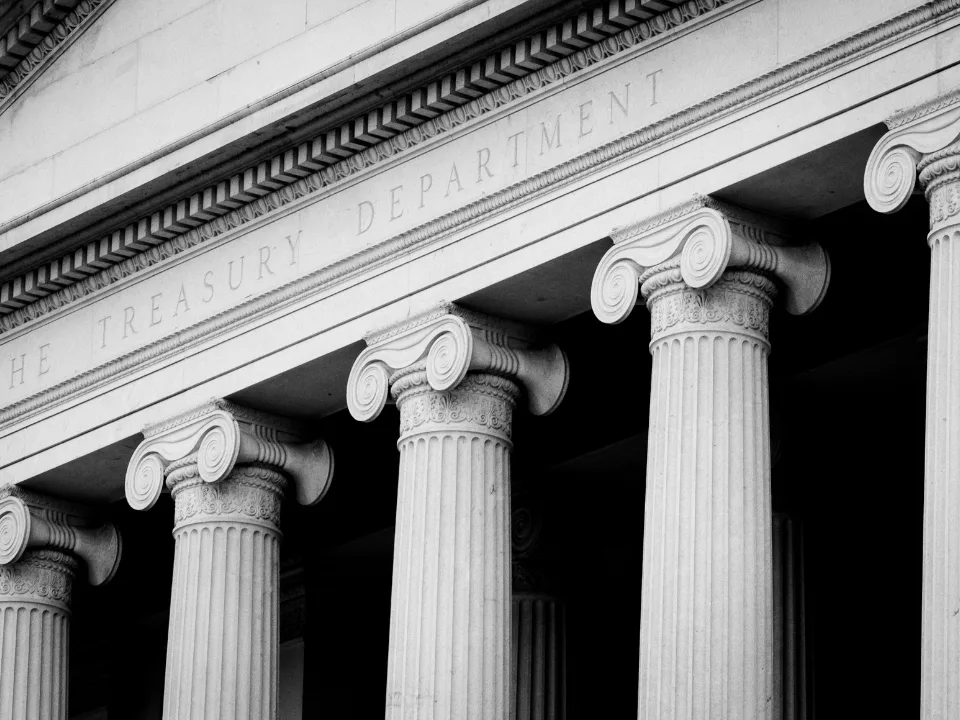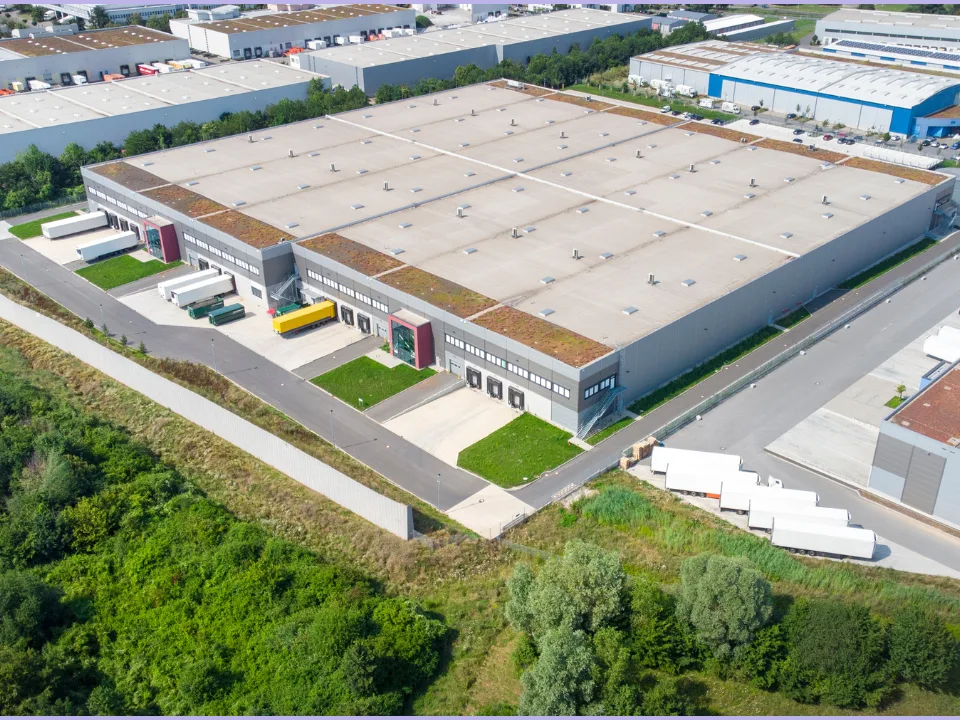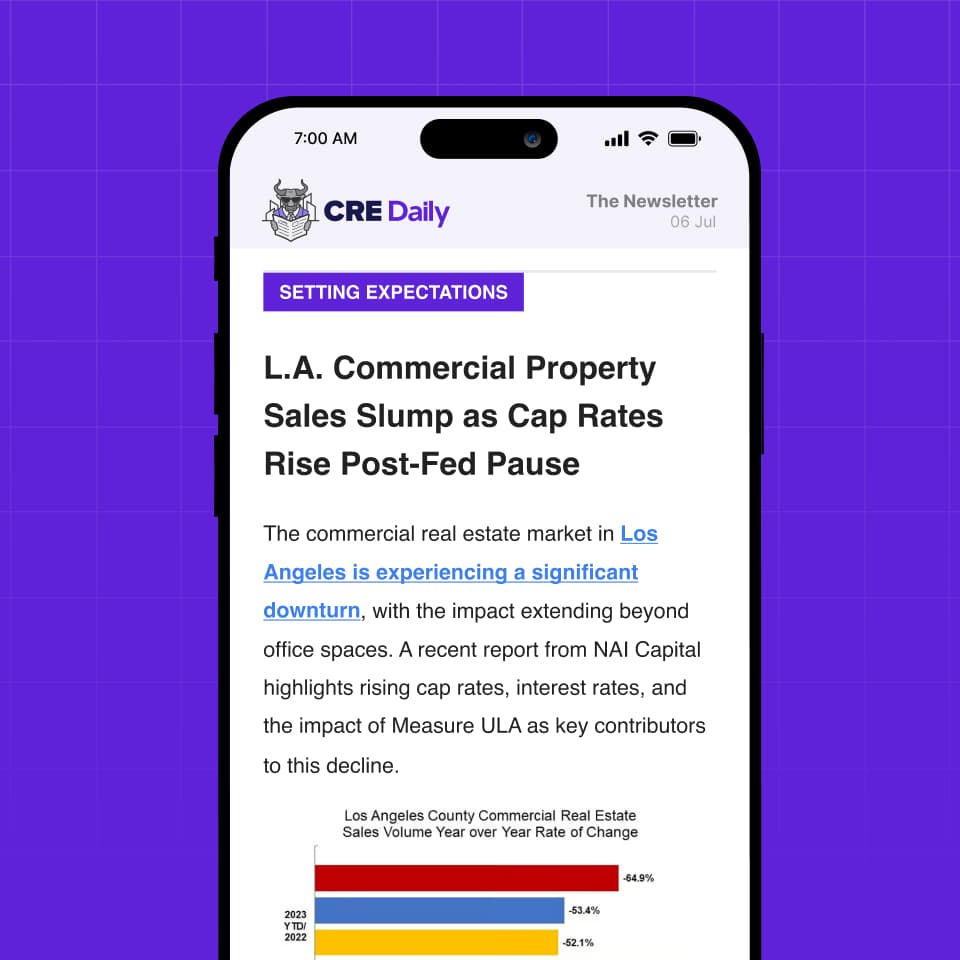- The 10-year Treasury yield briefly fell below 4%, improving CRE debt pricing and reviving stalled development projects.
- While lower yields are expected to boost transaction and refinancing activity, persistent market uncertainty is tempering investor confidence.
- CRE professionals are wary of the potential for recession-driven demand shocks across asset classes, including multifamily, retail, and hospitality.
A welcome reprieve—on the surface
The recent drop in the 10-year Treasury yield is offering commercial real estate some breathing room. Lower Treasury yields typically translate into lower borrowing costs, improving the feasibility of stalled or delayed projects, according to GlobeSt.
REAL New York’s Louis Adler noted that developers are now revisiting shelved deals. With financing costs easing, deal pipelines that had been frozen may begin to thaw, reigniting activity across the market.
A mixed bag for dealmakers
The shift in rates is also influencing investment strategies. Will Matheson of Matheson Capital pointed out that sub-4% Treasury yields could help increase transaction volume and refinancing, giving buyers more flexibility to make deals work, even without major price cuts from sellers.
However, the renewed activity isn’t a sign of smooth sailing. Harold Bordwin of Keen-Summit Capital Partners noted that while falling debt costs may support rising valuations, market turbulence remains a major risk factor.
Get Smarter about what matters in CRE
Stay ahead of trends in commercial real estate with CRE Daily – the free newsletter delivering everything you need to start your day in just 5-minutes
Uncertainty clouds optimism
CRE professionals agree that declining Treasury yields are not a cure-all. The broader economic environment continues to send mixed signals. JPMorgan recently increased its recession forecast to 60%, and the 10-year yield’s brief dip below 4%—followed by a rebound—highlights the ongoing volatility in capital markets.
Jon Siegel of RailField Partners said the unpredictability of Treasury movements makes determining long-term impacts on CRE difficult. Some brokers may seize the rate drop to underwrite more aggressively, but the market’s instability could make that risky.
Caution beyond the capital stack
Confidence, not just capital, is in short supply. Duncan Ellis of Marsh emphasized that real estate is as much a confidence game as a financial one. Despite falling rates, investor caution is growing due to broader market unease and potential cost pressures—from tariffs to rising insurance premiums.
Risks still loom large
Even if falling yields provide a temporary boost to financing and valuations, there’s concern that a recession could quickly undo those gains. Matheson warned that weakening tenant demand—across sectors like industrial, retail, hotels, and multifamily—could result in lease defaults, reduced occupancy, or rent concessions, particularly if consumer and business spending contracts.
Why it matters
The falling 10-year Treasury yield is offering a momentary lifeline to CRE markets, especially those grappling with tighter financing. But any relief is tempered by economic instability and caution about future demand fundamentals across asset classes.
What’s next
All eyes will remain on Treasury movements, Fed policy, and broader economic indicators. If yields stay low, refinancing and acquisitions could pick up. But without economic stability, lower rates alone won’t be enough to sustain a long-term CRE rebound.
